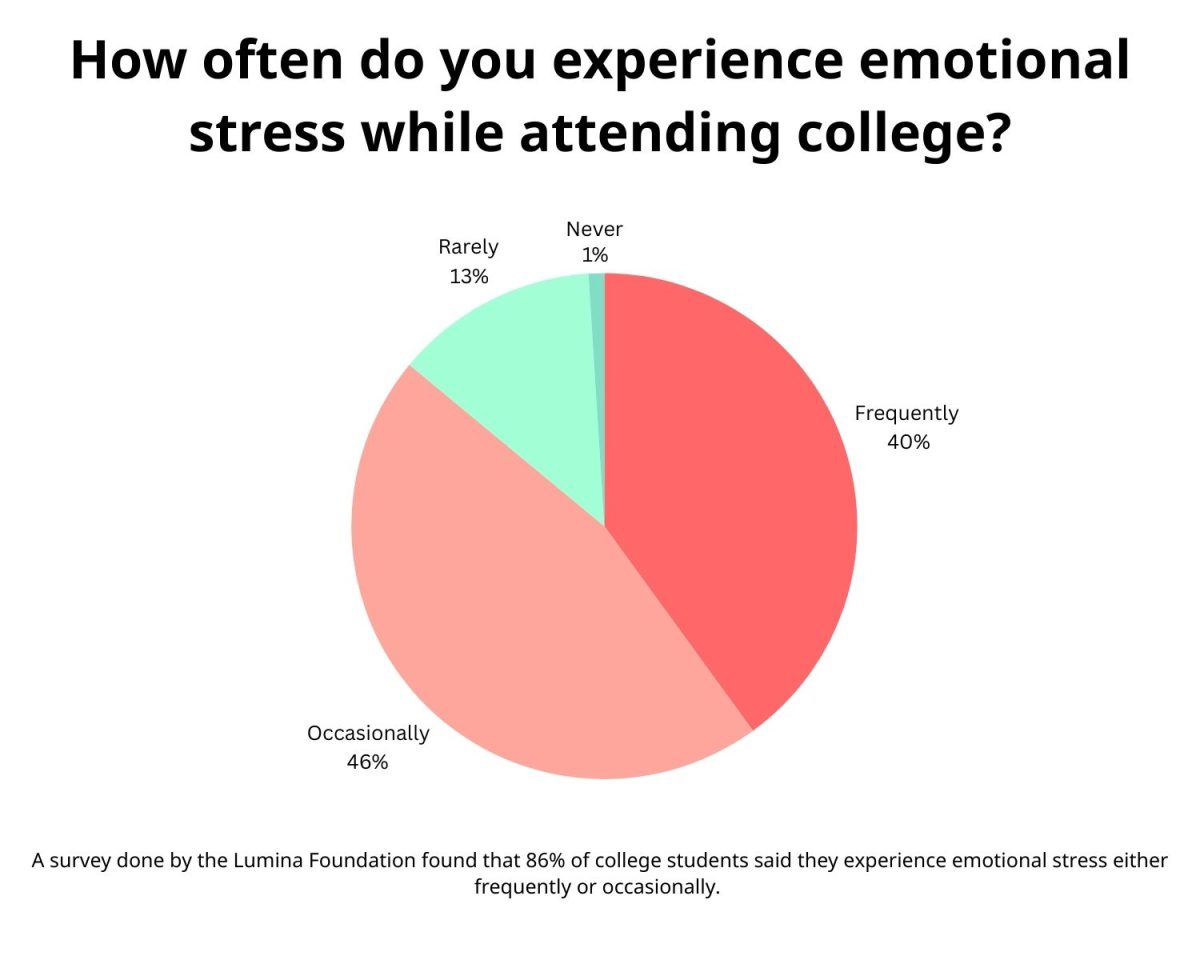A considerable number of excellent horror films have come out over the past few years. While not reaching the high point of the 1970’s, we have seen fantastic work such as “A Quiet Place,” “Get Out,” “The Witch” and a series of other exceptional titles recently.
There has also been an interesting shift toward the blending of genres, most notably comedy and horror. New classics like “Cabin in the Woods,” “Tucker and Dale vs. Evil,” and “What We Do in the Shadows” have proved to find a strong balance between the typical tropes associated with bad horror movies.
While few claim horror is their favorite genre, an unfortunate reaction toward the genre has been brewing since the 1990’s. Some claim horror is not a worthy genre, or that it is not up to par with the average slew of blockbuster hits.
Adults need genres for themselves. Horror fills the requirement perfectly, yet parental figures brutally attack the genre for being inappropriate. Children are never marketed toward the genre, but thrillers still receive constant flack due to irresponsible or negligent parents.
A study from the official journal of the American Academy of Pediatrics in August 2008 assessed this very issue. Their aim was to prove that violent films impact young children. After surveying over 6,000 children aged 10 to 14, under 15 percent had seen violent films categorized as rated “R.”
The highest ranking film seen by the age group was “Scary Movie.” Given the circumstances, apart from the lack of educated parents, most children refrain from traumatizing themselves. Horror films are not marketed toward them, so unless they desire a good scare, few retain interest to watch them.
Naturally, one study does not speak for the impact felt from the genre. Many children grew up with frightening reminders of popular horror villains like Chucky, Freddy Kruger, Michael Myers and Pennywise the Clown. Ironically, those children do not retain a phobia unless the circumstances from their first viewings were traumatic.
As young-adults grow older, most try watching heavier and less child-friendly films. If not for horror, there would be a severe lack of memorable movie experiences. Few films outside the horror genre can match the thrill of a packed auditorium, all gripping the edge of the seats in absolute terror.
Do you get an elevated heart-rate when you watch a biopic? Are intense staring contests with the screen frequent when you are stuck watching an awful romantic-comedy with your significant other?
Horror is not the greatest genre, but few can ever match the reactions given to you by an exceptional horror flick.
Several studies aim to track the impact of frightening media, but few ever mention the recent statistical evidence of society. Violent crime has been plummeting since the 1990’s, and there has not been any less violent or frightening media produced.
If anything, more demented forms of content have been manufactured to meet the needs of this de-sensitized internet age. Can you imagine the reaction toward “Green Room,” “Saw” or “The Human Centipede” if they were made before the new millennium?
Horror films have the best returns from production costs, so there ought to be more of them. An excellent example is “Paranormal Activity,” the mediocre ghost film from the mid 2000’s. According to Box Office Mojo, the original film only cost $15,000, yet the return was over a $190 million at the box office.
This success spawned a franchise that grossed over $800 million, with a total budget of roughly $30 million across the six films. To say horror is not relevant or needed at the cinema is an absolute lie.
Funnily enough, good luck trying to find any classic horror films at the school library. Aside from the “Exorcist” and “Howard the Duck,” there are not many scary films among their selection. Why are the popular series films that encapsulated the last few decades absent? Notable films you will not find are “Friday the 13th,” “Get Out,” “Jaws,” “Silence of the Lambs” and many other classic thrillers.
We need horror films to startle us when nothing else can. We demand stronger stories based less on cheap tactics like jump-scares and screeching violins, but from relatable protagonists and despicable adversaries.
What becomes satirized are the endless tropes so prevalent within the genre, but we have the capacity to overcome this ridiculous issue. We are avoiding past mistakes by making horror fun to watch again.
Categories:
The feelings of hostility toward the horror genre are terrifying

The feelings of hostility toward the horror genre are terrifying
About the Contributor

Brandon Grisham, Former Online Editor
Brandon Grisham served as the Online Editor from 2019 to 2020.
He also started The Reflector’s digital archive, dubbed the “Grisham Archive Project.”
0
Donate to The Reflector
Your donation will support the student journalists of Mississippi State University. Your contribution will allow us to purchase equipment and cover our annual website hosting costs.
More to Discover






